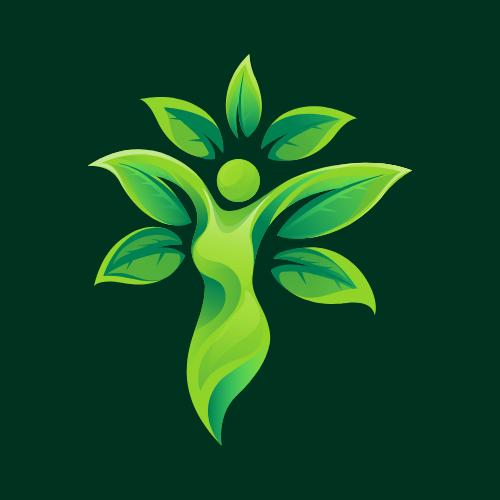Want a fresh way to start your day and melt away stress? Try frost bathing — an ancient cold therapy that wakes up your body and clears your mind. It’s not just about feeling chilly; it’s about boosting your mood, reducing anxiety, and sharpening your focus naturally. This easy morning ritual, backed by science and loved by athletes and busy pros, helps you build mental strength and calm energy. Whether you’re new or curious, this guide walks you through how to get started safely and enjoy the amazing benefits without feeling overwhelmed. Ready to feel refreshed and focused? Let’s dive in!
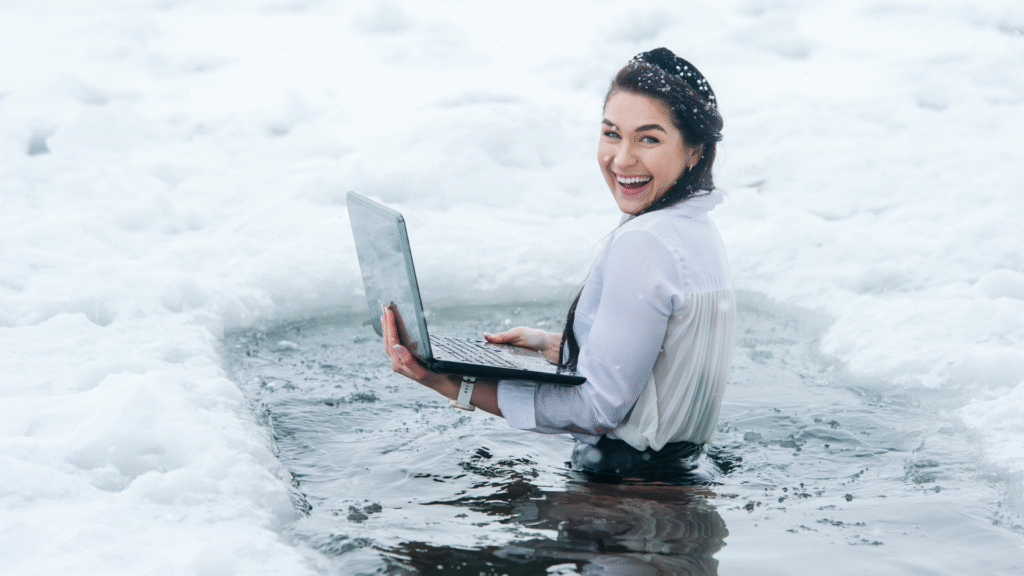
“Sometimes the fastest way to quiet the mind is to step into the cold.”
Table of Contents
1. Introduction: Why Frost Bathing Is the New Stress Relief Tool
2. What Is Frost Bathing?
3. The Science Behind Frost Bathing and Stress Reduction
– Cold Therapy Benefits Backed by Research
– How It Improves Mental Focus and Clarity
4. Why Frost Bathing Works as a Morning Ritual
5. Step-by-Step Guide: How to Start Frost Bathing Safely
– Beginner Tips and Preparation
– Building Consistency Without Overdoing It
6. Benefits of Frost Bathing for Stress Relief and Clarity
– Physical Benefits
– Mental Benefits
7. Precautions and Who Should Avoid Frost Bathing
8. Combining Frost Bathing with Other Stress Reduction Techniques
9. Conclusion: Building Mental Strength Through Cold Exposure
1. Introduction: Why Frost Bathing Is the New Stress Relief Tool

If you’ve been searching for natural stress reduction techniques that go beyond meditation or exercise, then this is exactly the process you have to know. Frost bathing for stress relief might be the refreshing ritual you need to calm your body and mind. Imagine stepping into a cold shower or icy stream first thing in the morning—your body shivers, your breath sharpens, and suddenly, your mind feels wide awake.
This isn’t just about shock value. Cold exposure has been used for centuries in Nordic cultures, Russian traditions, and even modern wellness retreats. Today, athletes and high-performing professionals swear by cold therapy to reset their minds, build resilience, and sharpen focus.
2. What Is Frost Bathing?
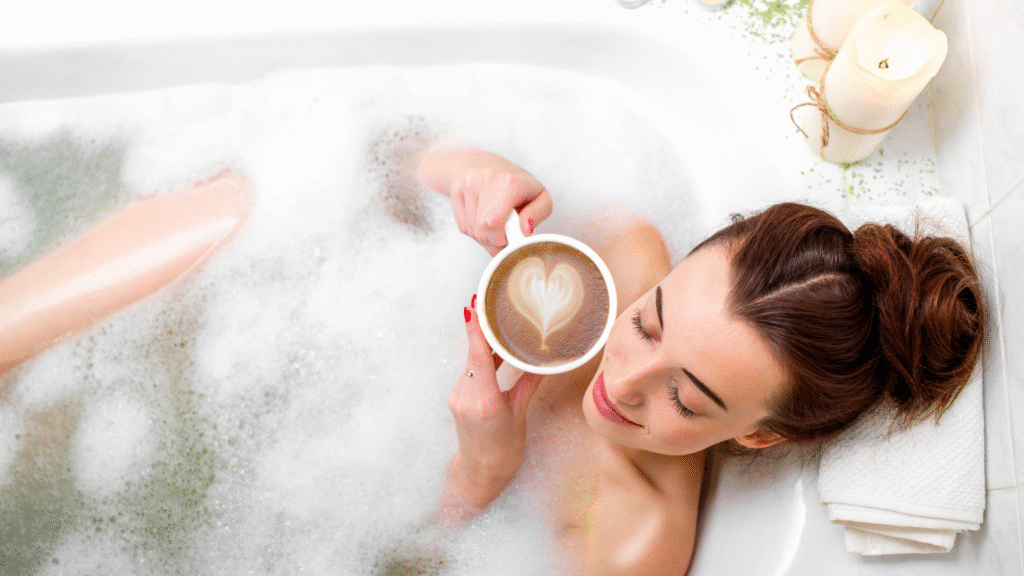
Frost bathing simply means immersing yourself in cold water—whether through ice bath, a cold shower, or a natural cold-water dip. It is different from casual cold exposure because it’s done intentionally as a ritual to boost mental clarity and reduce stress, not to cause fever or anything. It is specifically designed to calm your body while relieving stress.
You don’t need a frozen lake nearby; most people think that frost bathing can only be effective if done in a lake. But even a few minutes under a cold shower in the morning can qualify as frost bathing when done mindfully.
3. The Science Behind Frost Bathing and Stress Reduction

Cold Therapy Benefits Backed by Research
When your body encounters cold water, it triggers the “fight or flight” response, releasing norepinephrine—a hormone linked to alertness and reduced inflammation—and relieving your body and mind. This process reduces the pent-up stress, which is the root cause of many life problems. According to studies published in journals like Medical Hypotheses and The Journal of Physiology, cold exposure can: – Lower cortisol (the stress hormone) – Improve circulation and cardiovascular health – Reduce inflammation in muscles and joints – Enhance mood-regulating neurotransmitters like dopamine
How It Improves Mental Focus and Clarity
Frost bathing also stimulates the vagus nerve, which helps regulate stress responses and restore calm after challenges which is the basic whole reason of doing it. This explains why many practitioners feel mentally sharper and more resilient after a session because they simply follow these types of stress-relieving processes.https://heathyhabit.online/
4. Why Frost Bathing Works as a Morning Ritual
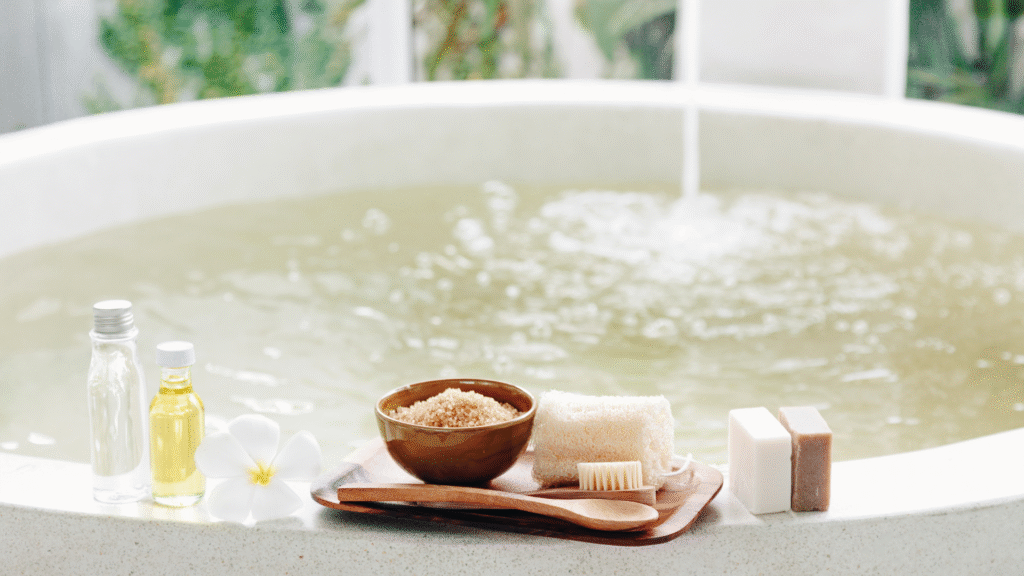
Mornings set the tone for the entire day like the start of a journey. By practicing a morning ritual for mental clarity like frost bathing, you instantly switch your body into “alert mode.” It’s a natural way to alert yourself without caffeine or stimulants.
The cold acts as a natural reset button—helping you:
– Clear mental fog while clearing your mind.
– Improve focus before work or study so you can study more than before.
– Boost willpower and self-discipline.
– Replace anxiety with calm energy, making you feel calm.
5. Step-by-Step Guide: How to Start Frost Bathing Safely
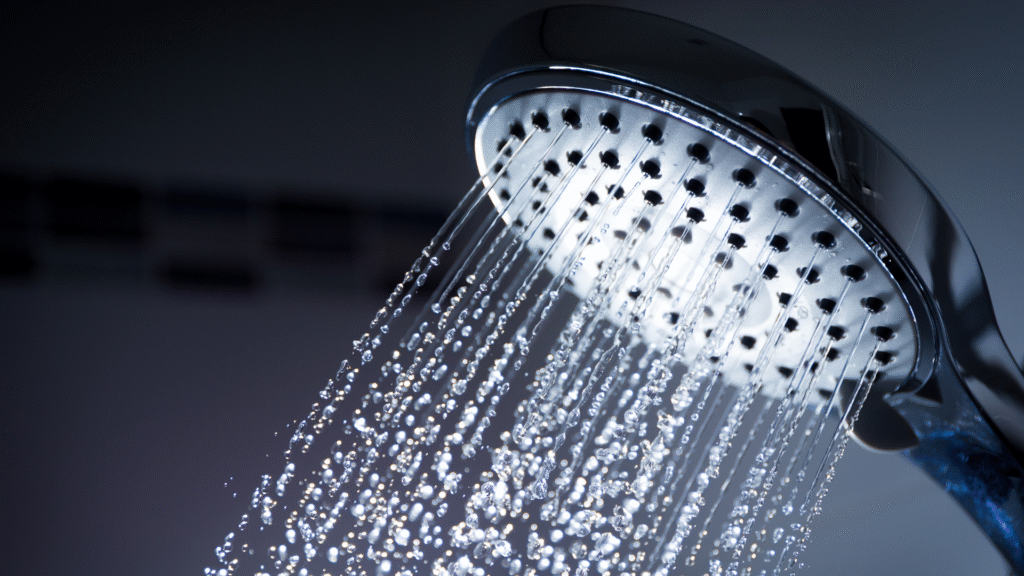
Beginner Tips and Preparation
1. For starters, begin with 20–30 seconds of cold water at the end of your shower to test first.
2. Breathe Deeply – Focus on slow and controlled breathing to calm your nervous system, make sure to close your eyes too.
3. Gradually Increase Time – Add 10–15 seconds per day until you can handle 2–3 minutes. This much is enough; you don’t have to increase the time more than this.
4. Stay Consistent – Daily practice builds resilience faster than occasional attempts.
Building Consistency Without Overdoing It
– Aim for 3–5 sessions per week to start.
– Use lukewarm water instead of cold water first if the shock feels overwhelming.
– Treat it as a mindfulness practice rather than a competition because it’s just for reliving stress.
6. Benefits of Frost Bathing for Stress Relief and Clarity
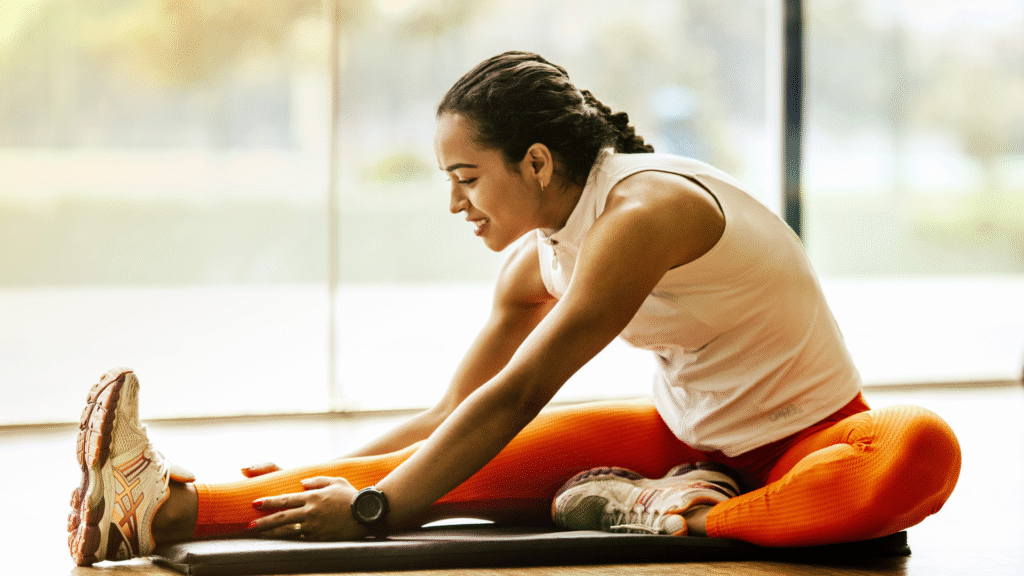
Physical Benefits
– Strengthens the immune system while making your mind healthy
– Improves circulation and skin tone and makes you feel refreshed
– Reduces muscle soreness (why athletes love ice baths), especially if you do exercises a lot, don’t forget to try it.
– Boosts metabolism and calorie burn
Mental Benefits
– Lowers stress and anxiety levels
– Improves resilience to daily challenges while clearing your mind.
– Enhances mental clarity and increases the rate of focus
– Provides a natural energy boost without caffeine, which is more reason to try it.
7. Precautions and Who Should Avoid Frost Bathing
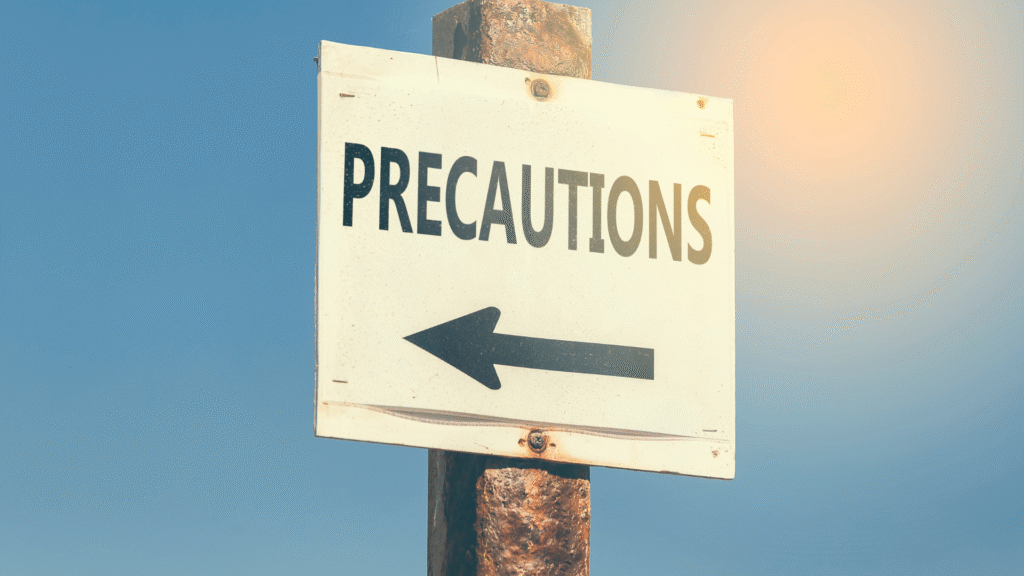
While frost bathing is safe for most healthy people, it’s not for everyone because if you do it without precautions, it will backfire and cause problems. Consult a doctor first if you have:
– Heart or blood pressure issues
– Respiratory conditions like asthma
– Pregnancy or other medical concerns
Important safety tips:
– Never practice frost bathing alone in natural waters.
– Avoid staying in icy water for more than a few minutes.
– Listen to your body—shivering is normal, but dizziness or chest pain means stop immediately.
8. Combining Frost Bathing with Other Stress Reduction Techniques
For even greater results, combine frost bathing with:
– Breathwork (like the Wim Hof Method)
– Meditation after cold exposure calms down after cold shocks.
– Light morning stretching to warm up muscles is also effective in maintaining body temperature.
– Hydration with warm herbal tea afterward balances temperature without causing a sudden temperature drop.
This creates a balanced wellness ritual that refreshes both body and mind.
9. Conclusion: Building Mental Strength Through Cold Exposure

Frost bathing is more than a wellness trend—it’s a practice rooted in science and tradition. By embracing frost bathing for stress relief, you’re not only boosting your mood and focus but also training your body to handle life’s challenges with calm resilience because a stressed body and mind cause person to lose focus, you won’t be able to make a correct decision and that’s why try it with cautions to get better life experience with stress free mind.
Start small, stay consistent, and make it a morning ritual for clarity and energy. Over time, this simple yet powerful habit can transform the way you approach stress, focus, and daily performance.
Remember: The cold may be uncomfortable at first, but within that discomfort lies the power to unlock mental strength and peace of mind.https://www.harmonyhealingservices.co.uk/
FAQs
1. Is frost bathing safe for beginners?
Yes, if you start slow with short cold showers. People with heart or health issues should ask a doctor first.
2. How long should I stay in cold water?
1–2 minutes is enough for beginners. Consistency matters more than long sessions.
3. Do I need ice or a frozen lake?
No. A simple cold shower at home works perfectly.
4. What are the main benefits?
Lower stress, sharper focus, more energy, better circulation, and faster recovery.
5. When’s the best time to practice?
Morning is ideal for clarity and energy, but it can also help after workouts or before bed.
6. Who should avoid frost bathing?
Anyone with serious heart, blood pressure, or breathing issues—unless cleared by a doctor
